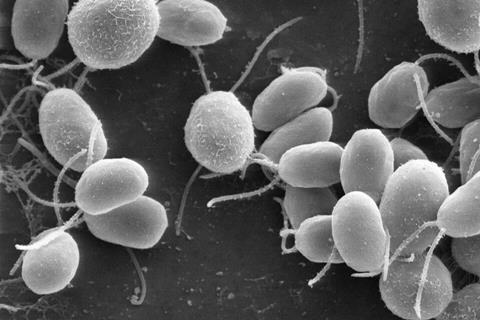Researchers have established a robust Chlamydomonas reinhardtii cultivation system capable of rapid growth using formate as the carbon source. For the first time, researchers achieved successful algal cultivation at 200 mM formate concentration - the highest level ever reported in microalgae systems.

Experimental optimization revealed that high inoculation densities significantly enhanced conversion efficiency, yielding 0.6–0.7 g biomass per gram formate under these conditions. Notably, formate metabolism displayed strict light dependency, with complete growth inhibition in dark fermentation setups, suggesting its conversion requires photogenerated reducing equivalents.
READ MORE: Microalgae and bacteria team up to convert CO2 into useful products
READ MORE: Controlling starch levels in algae could have biotechnology and sustainability benefits
Protein quality assessments following FAO/WHO standards demonstrated that algal biomass from all tested cultivation modes (formate/acetate phototrophy and acetate fermentation) met premium protein criteria, with essential amino acid scores exceeding nutritional requirements.
The work entitled “High-efficiency formate-driven cultivation of Chlamydomonas reinhardtii for sustainable dietary protein production” was published on Systems Microbiology and Biomanufacturing (published on May 02, 2025).







No comments yet